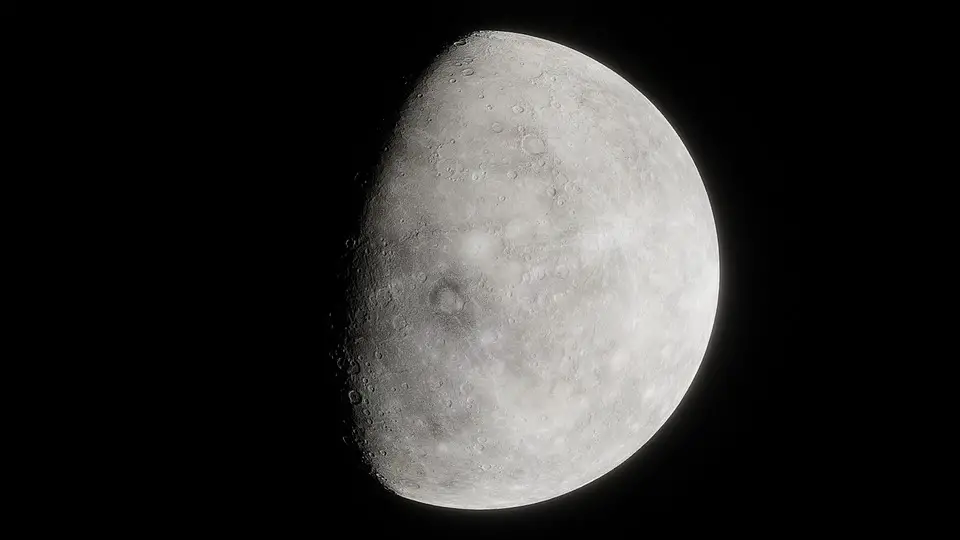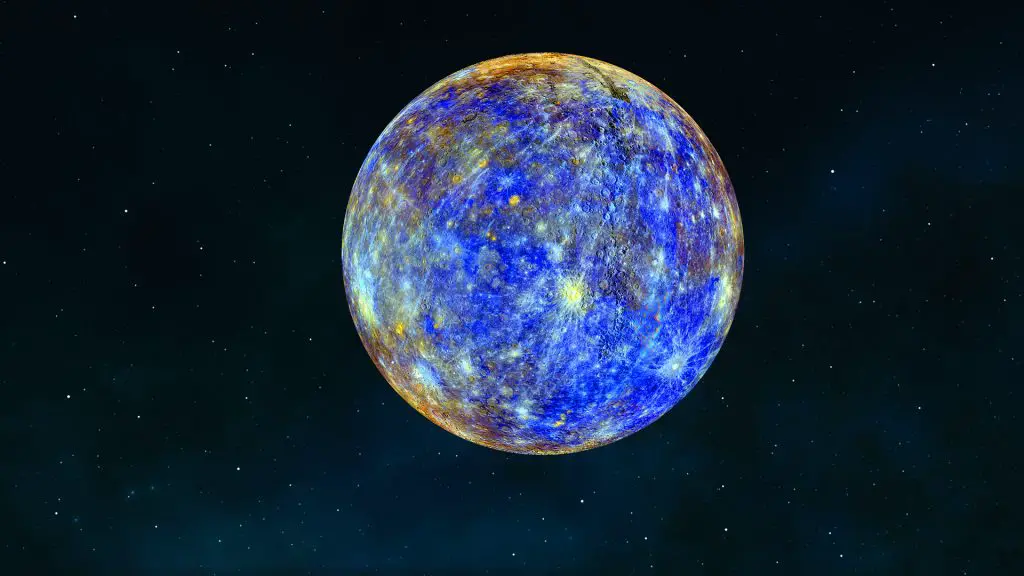In 1976, American physicist Gerard K. O’Neill proposed a futuristic space settlement concept named the O’Neill cylinder in his book titled The High Frontier: Human Colonies in Space. Before the physicist published this book, NASA and its partners had yet to put the international space station in low Earth orbit.
However, The Soviet Union had successfully operated the Salyut 1 space station in 1971 and NASA also operated the Skylab space station in 1973. Hence, O’Neill truly wrote his book envisioning the future from the concept of these real-life stations. But unlike any space stations that have ever existed, the physicist envisioned the O’Neill cylinder would be much more advanced to give our descendants a more comfortable environment to live in.
Technologies that will be found inside the O’Neill Cylinder

The O’Neill cylinder consists of two counter-rotating cylinders. Each of these cylinders will be about 20 miles long and 4 miles in diameter. A rod will be connected at each end of the cylinders. The physicist revealed that the rotating cylinder will move in opposite directions to create artificial gravity. Interestingly, the cylinders will be massive enough to give its occupants weather. This implies that the cylinders could have different seasons, just like we do have on Earth.
The inner surface of the cylinder would be habitable enough to accommodate humans. The ring around the outside would be suitable enough for humans to farm and grow food. The space station is generally identified as an “Island 3” or 3rd-generation space colony.
The configuration of the O’Neill cylinder would mandate each cylinder to accommodate three land areas alternating with three windows and three mirrors that would open and close to create a day-and-night cycle for its occupants.
The entire land area within the pair of cylinders is roughly 500 square miles and can accommodate millions of people. The cylinders will always be in pairs rotating in opposite directions. Its configurations would make it much simpler for both cylinders to face toward the sun.
What Will Be Seen in the Exterior of the O’Neill Cylinder?

O’Neill cylinder exterior will be completely different from the interior. The modules on the massive ring structure that will be placed around the endcap will be used for agricultural purposes. The physicists revealed that each module could have different environments for planting different sets of food items.
Unlike the exterior of the O’Neill cylinder, the interior will offer a 20-mile vista. The environment of the O’Neill Cylinder will give its occupants a different life view. In fact, Children born in this space settlement will think that it is normal for their environment to have land areas overhead.
This implies that land areas will be created upside down in the O’Neill cylinder. The good news is that the O’Neill Cylinder may become a realistic project before the end of this century.
Frequently Asked Question
Is the O Neill cylinder possible?
The possibility of building the O’Neill Cylinder anytime soon may not be possible. This is because the sophistication of attaining such a feat is not achievable using our modern methods of construction and production.
However, with the innovative rate at which we progress in developing space technologies, we may likely build such a space settlement towards the end of this century or early next century. Some scientists from Rochester University suggest that transforming asteroids into O’Neill cylinders might be the best way to build the futuristic space colony.
What is the concept of the O’Neill cylinder?
The concept of the O Neill cylinder would consist of two counter-rotating cylinders, spinning around in opposite directions to create artificial gravity. The rotation will also remove any gyroscopic effects that would make it challenging to keep the two cylinders away from facing toward the Sun.





